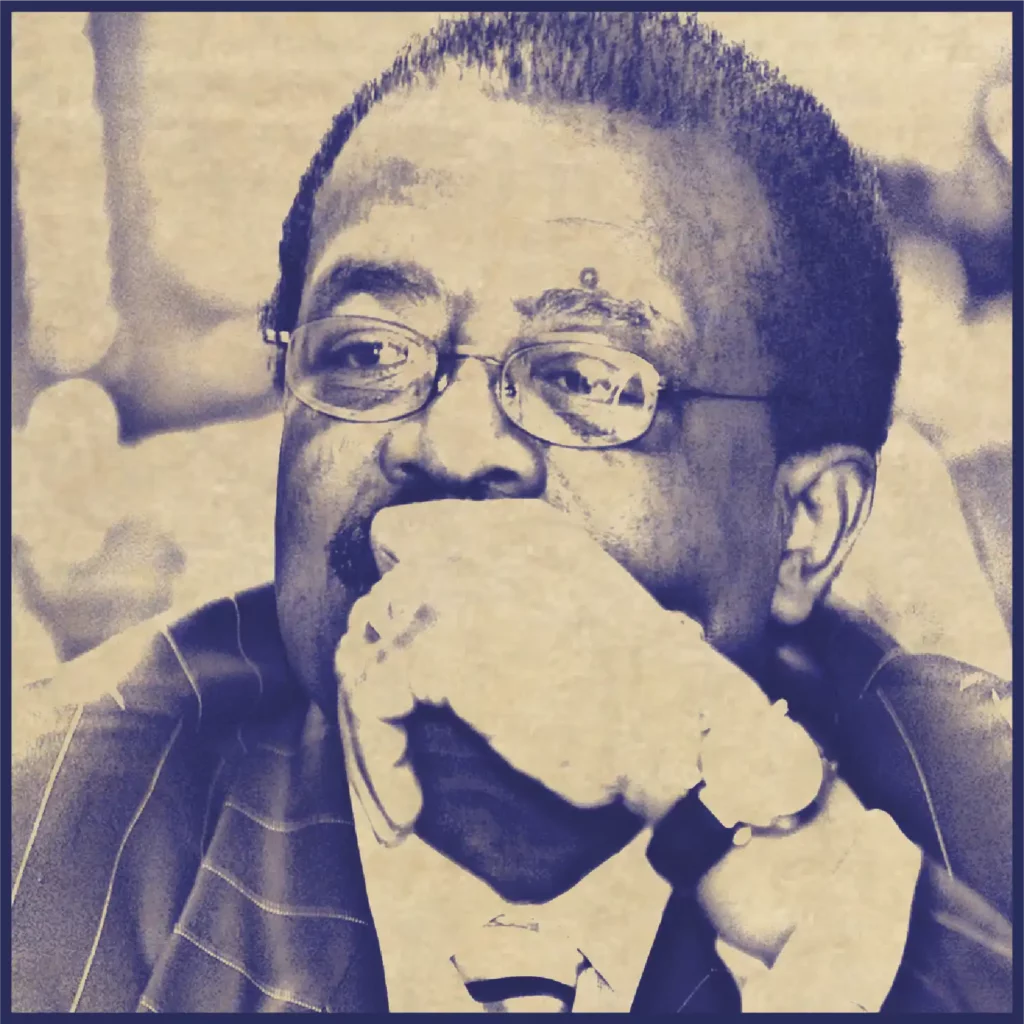How Are Personal Injury Cases Decided?
In this modern age, television has provided most people with a general understanding of the court system and how the case gets decided at trial. Personal injury cases, are decided differently than criminal cases.
In most jurisdictions, in order for a verdict to be rendered in a civil case, nine out of twelve jurors must agree to the verdict. That means that three people on the jury can disagree with the verdict, but a verdict be rendered over their objections.
In some federal court jurisdictions, six or seven people sit on a jury, not twelve. In those instances, five or six of those persons must agree in order for a verdict to be reached. In some states, the procedural rules allow the lawyers to stipulate to the use of six jurors instead of the usual twelve.
At the beginning and end of a personal injury case, the judge will instruct the jury that they must decide the case based upon the evidence and the law as given to them by him at the end of the case. Evidence can only come from the witness stand. In other words, the arguments of the lawyers is not evidence. This includes the statements made during the jury selection process, the opening statements and the closing arguments.
During the case, the parties submit statements of the legal authorities that they believe accurately reflect the state of the law on the issues which the jury will consider in a personal injury case. The court then conducts what is commonly referred to as a "charge conference" whereby he decides which of the jury charges submitted by the parties will actually be read to the jury at the close of the case.
How The Judge Decides
The judge then has his staff type up the official jury charges into a single document which will be read to the jury by the judge after the closing arguments. These jury instructions tell the jury how to begin deliberations and what law they must apply to the facts and evidence they have heard from the witness stand.
The judge also instructs the jury on how to fill out the jury verdict form which they are provided which memorializes the jury's answer to questions about their findings regarding the facts and damages. Once the jury has reached a verdict and filled out the jury verdict form, the foreperson of the jury signs the form and returns it to the court. The judge assembles the parties and brings the jury back into the courtroom for the reading of the verdict.
Following the verdict, most jurisdictions allow either attorney to "poll" the individual jurors. Polling refers to the process by which the court deputy asks each individual juror whether he agrees with the verdict returned by the jury. This helps act as a check to make sure that at least nine of the twelve jurors agree with the verdict in twelve person juries.
Some jurisdictions also allow attorneys the right to raise motions to set aside the jury verdict or ask for other relief following the reading of the verdict.


